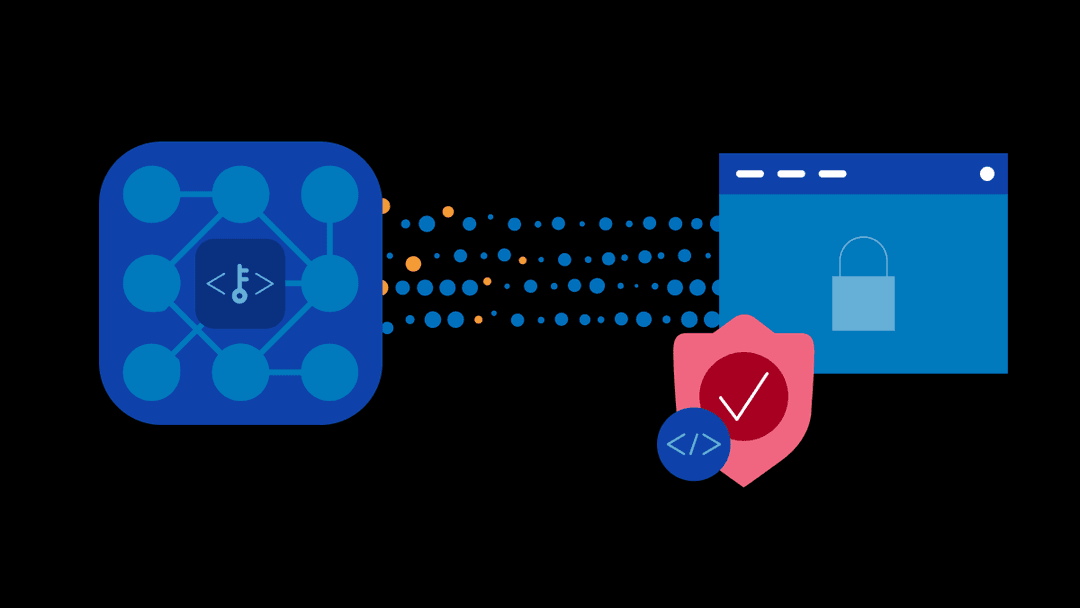Application delivery has always been about ensuring three things: performance, availability, and reliability. These principles defined success across generations of application architectures, from client-server to web to cloud. But artificial intelligence, specifically inference, changes the calculus.
Today, 80% of enterprises report running their own inference servers. Inference is no longer an experiment. It is a mainstream workload with real business impact. Yet many organizations still treat inference endpoints as “just another API.” That assumption is risky. Unlike conventional APIs, inference requests are probabilistic, computationally intensive, and sensitive to context. Treating them as traditional workloads threatens the very goals of application delivery and exposes organizations to new categories of operational and security risks.
Today we’re going to explore how inference reshapes the performance, availability, and reliability (PAR) triad of application delivery, outlines the algorithmic differences enterprises must account for, and highlights the implications for delivery technologies such as health monitoring, load balancing, traffic optimization, and security.
The PAR triad: The foundation of application delivery
Just as security relies on the CIA triad of confidentiality, integrity, and availability, application delivery is built on its own triad: performance, availability, and reliability.
- Performance: Does the application respond quickly enough to meet user expectations?
- Availability: Is the application reachable and returning valid results under stress?
- Reliability: Can the application be trusted to behave consistently over time?
For decades, this triad applied to deterministic workloads. Responses were predictable, correctness was assumed, and costs were stable. Inference workloads break those assumptions. Because inference is probabilistic and computationally variable, the definitions of performance, availability, and reliability must evolve.
Performance: From deterministic to probabilistic
In traditional systems, performance was measured in milliseconds. Identical requests produced near-identical results. Inference is different. Latency varies with model size, input complexity, batching strategies, and generation settings. Even two identical prompts can produce different response times.
For enterprises, this means performance must be defined not just by average latency but by variance and efficiency. That is, how quickly tokens are generated, how throughput holds under load, and how predictable costs remain.
Availability: Reachability must include correctness
Traditional availability was binary: the system was up, or it was down. Correctness was assumed because code execution was deterministic. With inference, availability cannot stop at reachability. A model may be online yet unusably slow, context-saturated, or confidently wrong.
Availability now requires correctness as well as responsiveness. Systems must be measured not just on whether they return an answer, but whether that answer is timely and valid.
Reliability: From consistency to semantic consistency
Reliability once meant that given identical inputs, systems produced identical outputs. Inference workloads break this expectation. Variability is inherent. Model updates, retraining, and stochastic generation all introduce drift. Token-based billing models further complicate predictability.
Reliability must now be measured in terms of semantic consistency: can the system deliver outputs of acceptable quality, accuracy, and predictability over time despite nondeterminism?
Algorithmic and communication differences
Inference workloads differ fundamentally from web and application servers:
- Batching: Requests may be grouped for GPU efficiency, disrupting FIFO order and creating latency variance.
- Streaming: Responses are delivered token by token, requiring delivery systems to handle partial outputs and cancellations.
- Sampling and search strategies: Output variability is driven by algorithmic choices such as temperature, top-k sampling, or beam search.
- Routing: Model and expert selection adds a layer of dynamic behavior unseen in deterministic systems.
These differences alter both the performance and semantics of inference in ways traditional delivery products were not designed to address.
Security implications
Inference also introduces new risks. According to our research , 84% of organizations test or monitor for prompt injection, jailbreaks, or output manipulation. More than half (56%) already inspect inference I/O through gateways or middleware. Yet one in five enterprises still allow raw prompts to reach models without inspection, the equivalent of running a web app with no firewall.
The lesson is clear: treating inference as a conventional API leaves organizations exposed. Availability and reliability collapse when correctness and semantic integrity are ignored. Enterprises must integrate inference-specific defenses into their application delivery stack, from runtime policy enforcement to adversarial anomaly detection.
Conclusion
Inference is no longer on the horizon; it is embedded in enterprise production today. Eighty percent of organizations are already running their own inference infrastructure. Yet inference is not just another API. It introduces probabilistic execution, correctness risks, and semantic variability that redefine what it means to deliver applications.
In the AI era, application delivery must evolve. Enterprises must adapt their strategies and technologies to ensure that systems powered by inference remain performant, available, and reliable (usable, predictable, secure, and correct) even when the underlying execution is inherently probabilistic.
About the Author

Related Blog Posts

Fueling the AI data pipeline with F5 and S3-compatible storage
When S3-compatible storage is paired with F5 BIG-IP, organizations can ensure their AI data pipelines stay resilient, secure, and always flowing at peak performance.

How AI inference changes application delivery
Learn how AI inference reshapes application delivery by redefining performance, availability, and reliability, and why traditional approaches no longer suffice.

Extranets aren’t dead; they just need an upgrade
Modernize your extranet: Explore how F5 and Equinix deliver repeatable, secure, and scalable partner connectivity without traditional network complexity.

Navigating higher education during a time of tightening budgets: How F5 can help
Explore how F5 helps higher education institutions optimize costs and strengthen cybersecurity despite shrinking budgets.

When the agents walk in, your security model walks out
Agentic AI demands new security controls. Explore shifts in threat modeling, runtime policies, identity management, and observability to protect evolving infrastructures.

Why XOps is critical for the technology sector
XOps treats AI as a platform capability, integrating AI into infrastructure, security, and operational strategies to better support a company’s applications.
